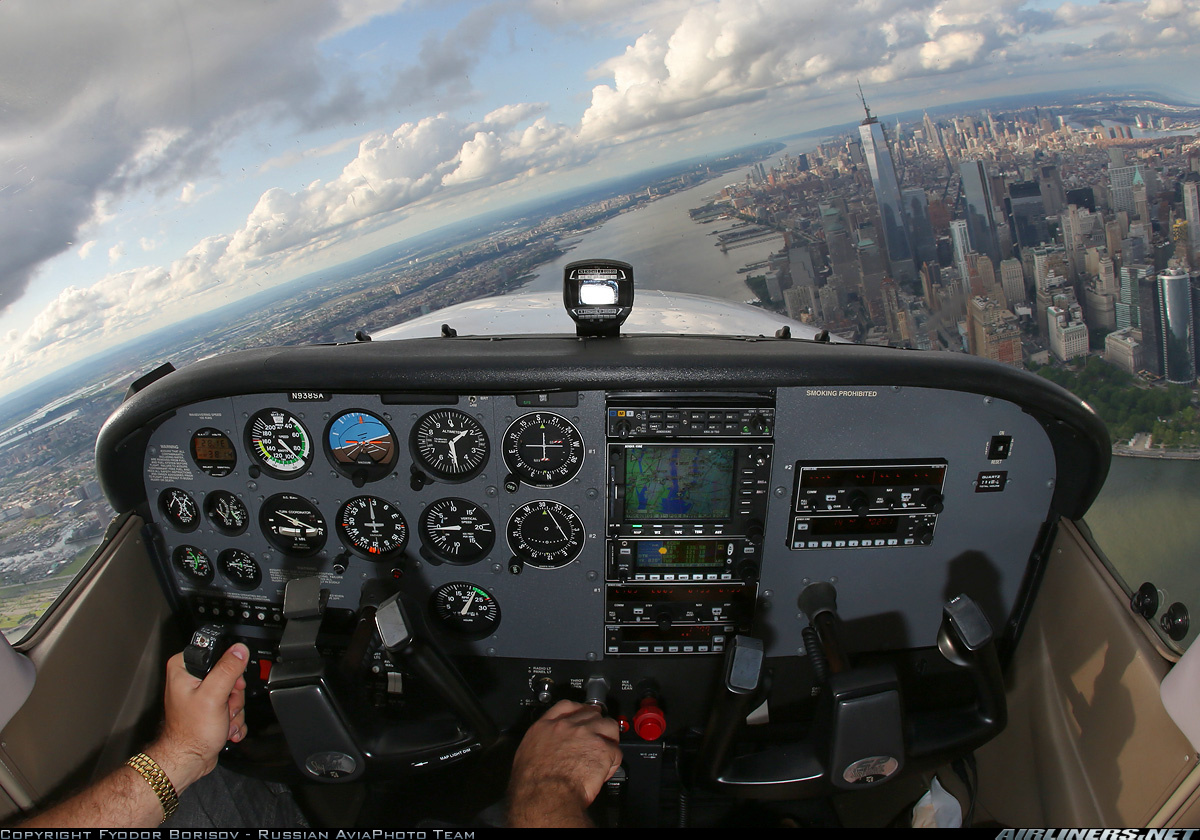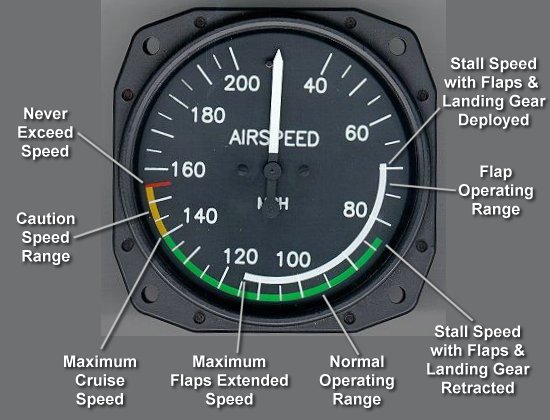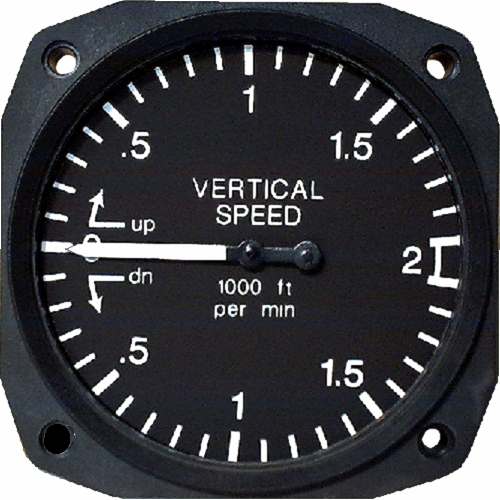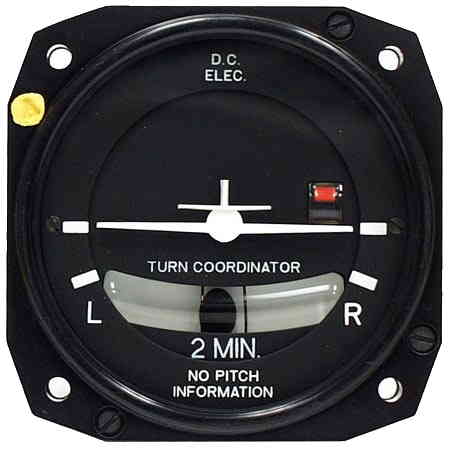Microsoft Flight Simulator. I had these simulators starting from 2004. I used to spend hours flying aircraft. It was heaven. I had goosebumps every time the radio crackled with acknowledgements. Good old times.
I used to fly all sorts of plane. My favorite was Beechcraft King Air 300. I tell you, it's a beauty!
So, whenever I fly the aircraft, more than the throttle; I learned about the instruments.I used to wonder, which one was important. I came to realize which ones were crucial.
The aviation six packs. Yes they are called Six Pack by pilots. There are six basic instruments for any aircraft. They are divided into two categories based on the instruments they read the value from.
The Six packs are:
Pitot tubes and Gyroscope are very cool tech. These techs are two centuries old though. I will have another article for it. For now, let's focus on the six basic instruments.
The first three work on the basis of pitot tube. Pitot tube works on air pressure.
The other three works on gyroscope. It's a wacky system that uses spinning, angular momentum, inertia etc.
The instruments that uses pitot tube are for movement - speed, height and rate of climb/descend.
The instruments that uses gyyroscope are for orientation - artificial horizon, heading, and turn coordinator
1. Air Speed Indicator:
As the name suggests, they show the air speed. The pressure readings from pitot tube is represented in units of velocity.
2. Altimeter:
We would want to know the altitude of aircraft. This is measured by the difference in pressure and representing that in units of height.
3. Vertical Speed Indicator:
This instruments shows the rate of climb or descend. They show it using the difference in pressure data collected from pitot tube. Question is why is rate of climb or descend a basic instrument?
That's because it gives pilots the power to predict. When they know the rate of climb or descend, they can plan accordingly. This one of the crucial thing about flying. In ground, with cars, we just follow road. Road is in and itself a predicated route. But with planes and pilots, when they are high above the clouds, they would want to know how fast the aircraft can reach ground or how fast it can climb.
I can go on and on with this instrument, but I think you got the gist.
4. Attitude Indicator:
Also called artificial horizon. It shows the orientation of the aircraft relative to earth's horizon. It is one instrument we all notice. It was one of my favorite in Microsoft Flight Simulator.
5. Heading Indicator:
Advanced compass. You see, magnetic compass are poor instruments in an aircraft. They show incorrect bearings due to many typical errors. Heading indicator is one combined with gyroscope eradicates the error and give correct heading.
6. Turn Coordinator:
The turn coordinator (TC) is a further development of the turn and slip indicator with the major difference being the display and the axis upon which the gimbal is mounted. The display is that of a miniature airplane as seen from behind. (Ref: Wikipedia). You might want to google more on this later.
Anyway, those are our six basic instruments. These instruments are the very basic necessity of any flight. Pilots will have definite knowledge on these instruments as they are the ones that help him fly safe and sound.
Thank You for reading guys.
CK









No comments:
Post a Comment